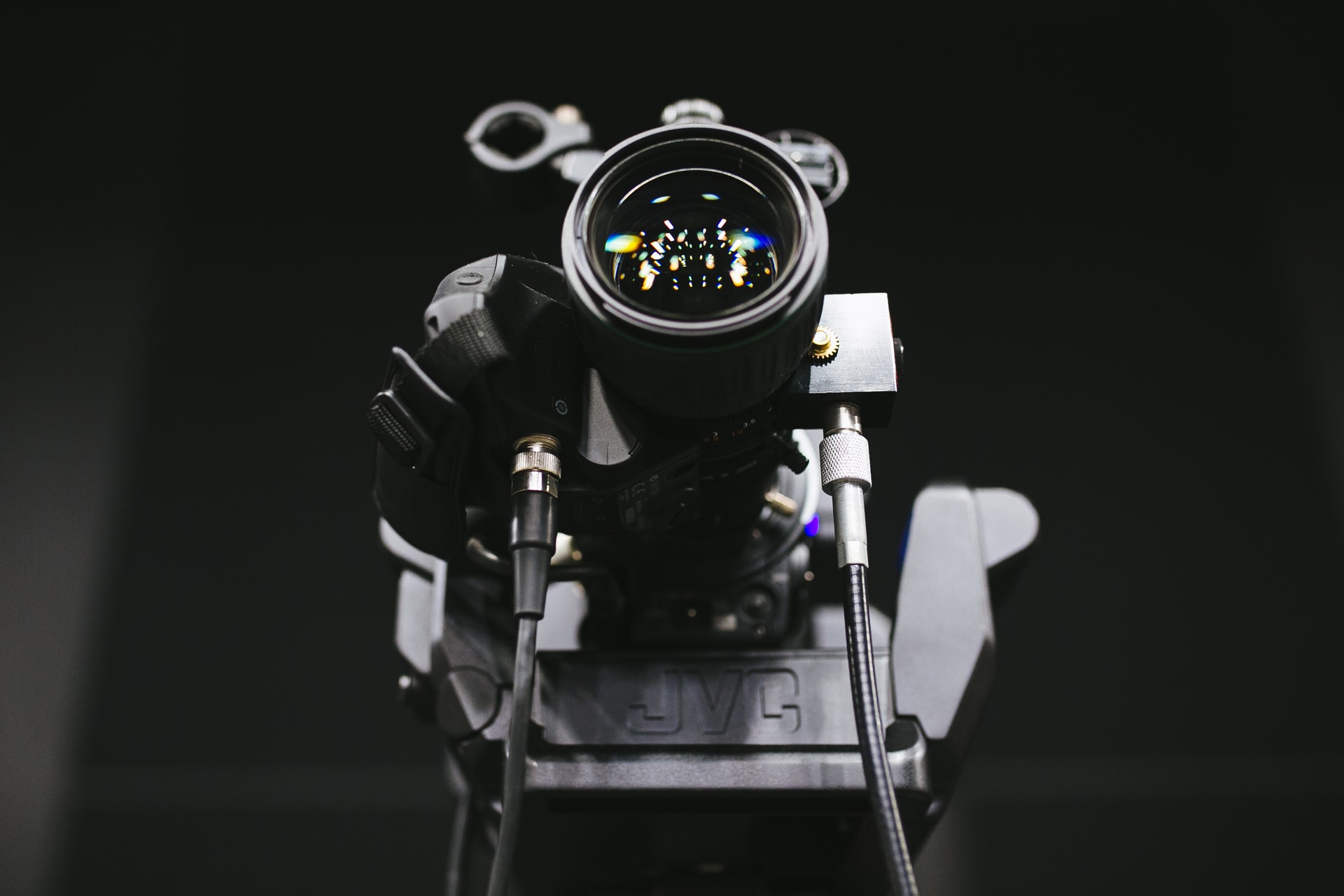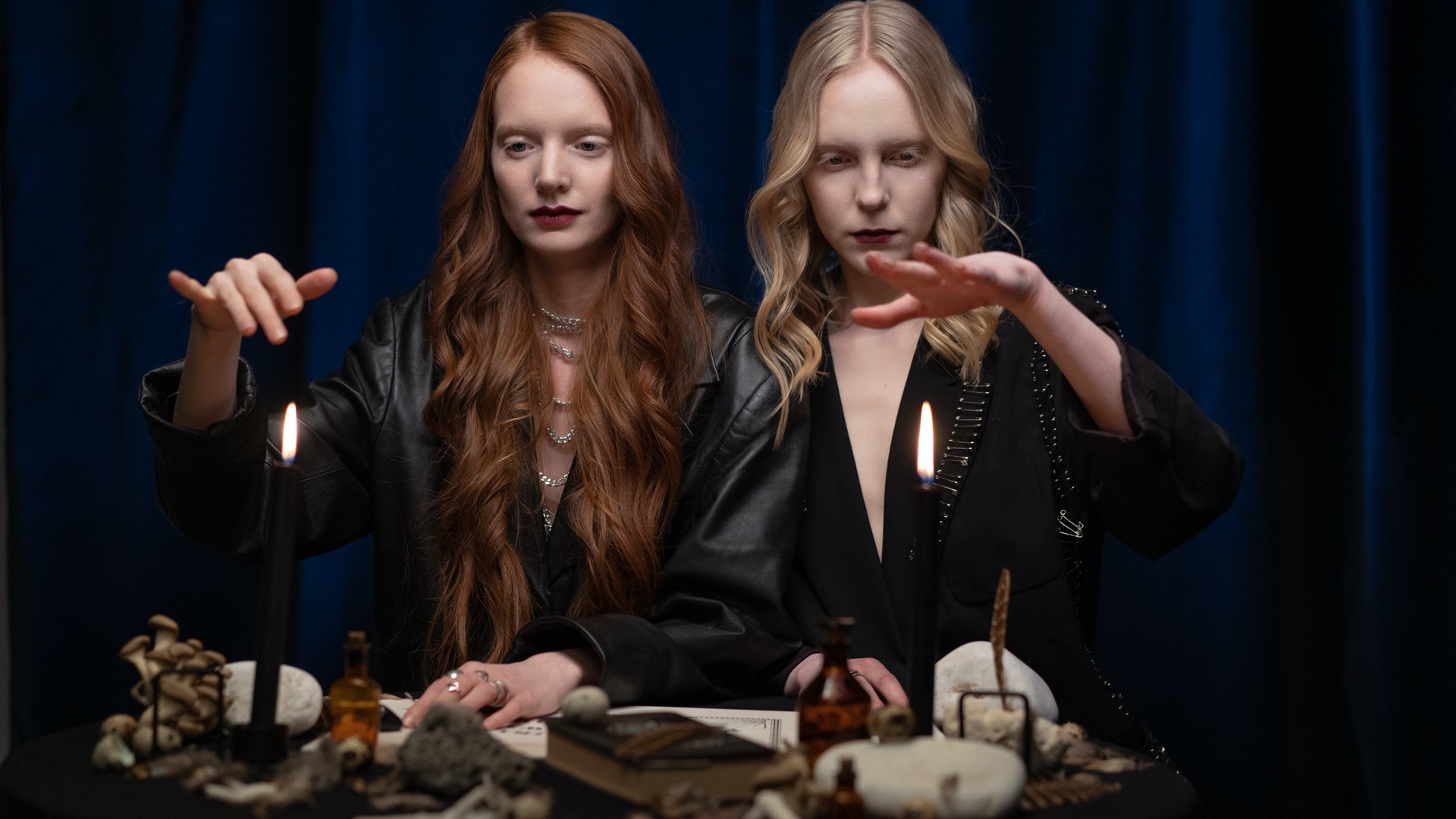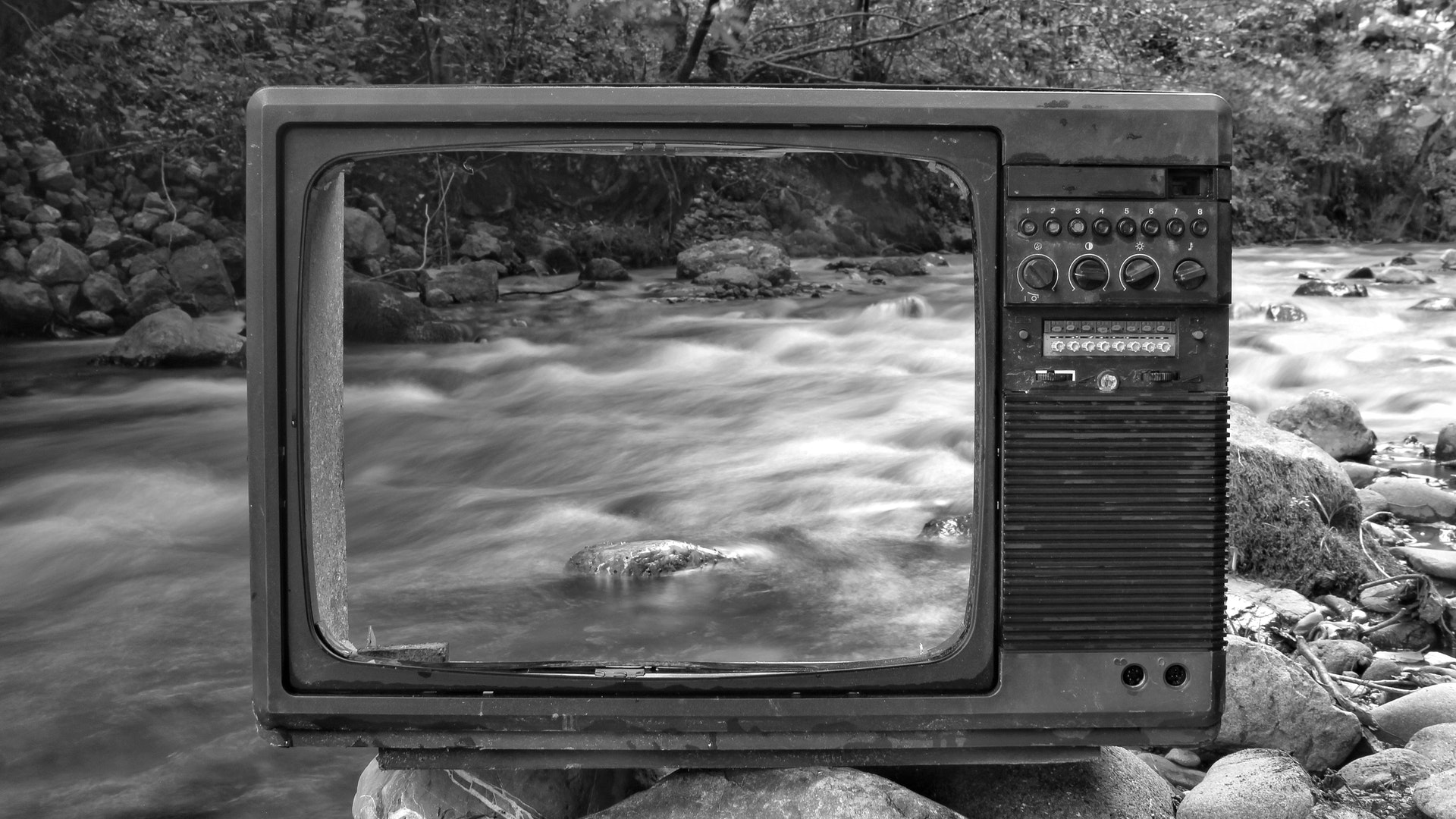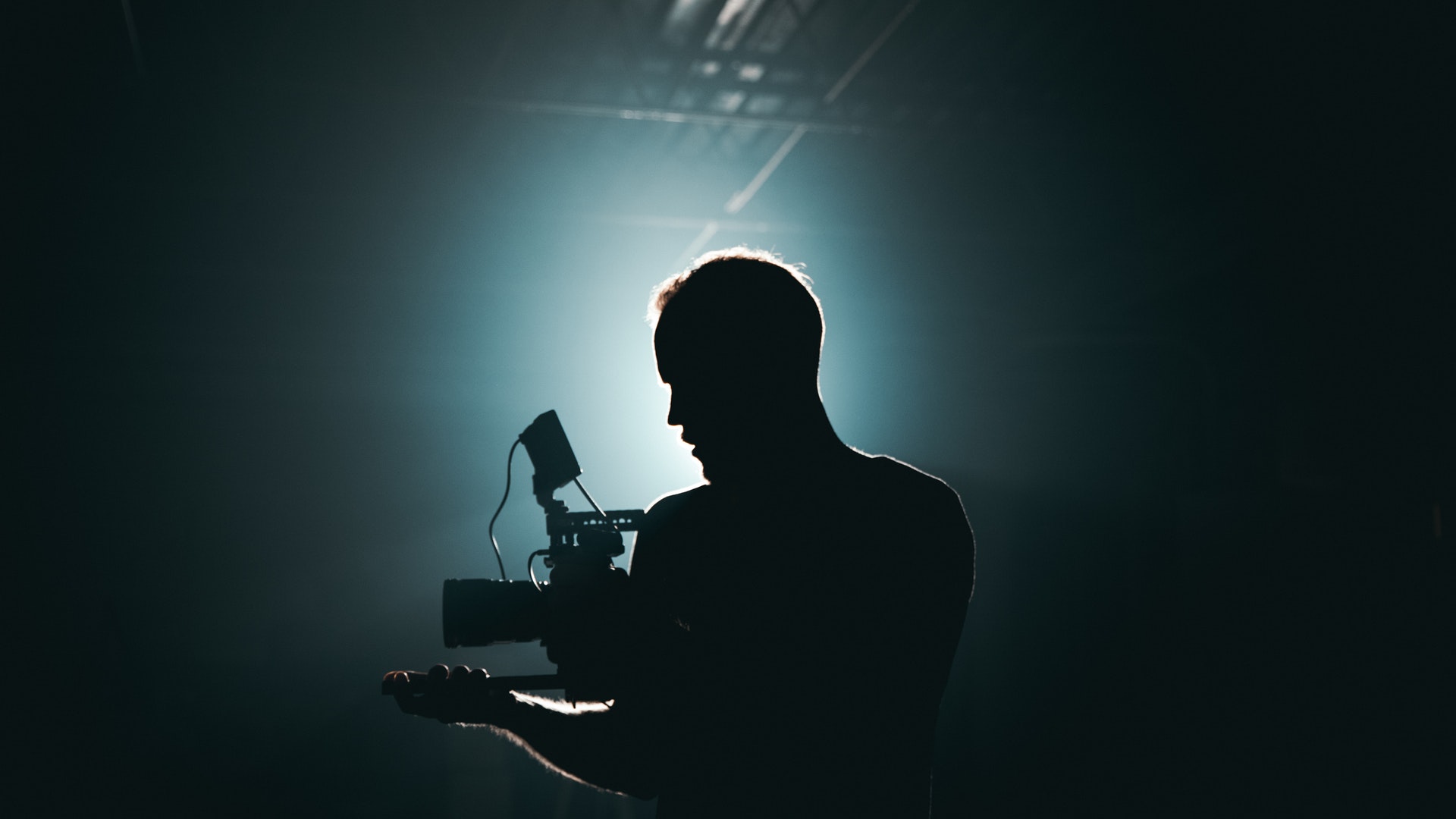Visual effects have forever impacted cinematic experiences, yet they are only beginning. Many people have questioned how much money filmmakers spend on visual effects as more movies and films, particularly CGI-based ones, use them. Visual effects have always been costly and probably always will be. Visible effects are an expensive component of film production due to the required hardware and the labor put forth by artists. A visual effects team is now required for nearly all movies, so even if it is pricey, it is no luxury.
The price of visual effects If your production budget is $1,000 per minute, you should expect to spend between $2,000 and $5,000 per minute on visual effects. Most of the budget is consumed by the hourly salaries of your artists. As a general rule, create a budget two to five times the amount allocated for production.
How much visual effects cost is a question that has no definitive answer. It is quite pricey; that much is certain. The budget may range from the lowest-priced independent film with VFX (Visual Effects), which costs about $60,000, to the highest echelons of Hollywood, like Game of Thrones, which costs approximately $15,000,000 per episode. Speaking of Game of Thrones, the TV program was a shining example of effective CGI and VFX because it hired dozens of workers and artists. They have at least 10,000 VFX shots, according to the project’s supervisor Joe Bauer. Let’s examine how VFX uses up so much of our budget.
This post complements one I wrote a while ago that delves deeper into WHY CGI is so expensive. View it right here.
Investments Made By A Visual Effects Team
There are many reasons why visual effects might be expensive. Multiple artists’ hiring, finding workers for props and equipment, renting or buying powerful computers and storage gear, as well as the length and price of the production, are a few examples. These elements increase the visual effects budget over the standard production budget.
Visual Artists with Talent
To begin with, you’ll need to enlist the help of several artists, each of whom will play a different function. Your visual effects team consists of these artists and the others who work on the props. The visual effects team in movies typically has a larger workforce than the on-set personnel, and the visual effects team for a typical movie would have at least 50 artists.
Concept artists, modelers, layout artists, shaders, trackers, etc. Due to the significance of their work, these artists are currently in high demand within the film business. The hourly wage for visual artists has increased considerably over time, and the average hourly income for artists in the US is $27 as of May 2020.
Production time and costs
Now multiply the hourly pay of visual artists by the number of months it takes to complete a movie. You will also have to pay for the food costs of the entire visual effects crew over those months, not to mention the expenses for the other teams. Furthermore, you will also be responsible for paying for their travel costs, particularly if they are not local or if the movie is being made abroad.
It would help if you also considered accommodations for any filming that takes place overseas or in a remote location. Movies are no longer shot in various locales outside of Hollywood, as in the 1940s and 1950s. For legitimate reasons, the budget for these outside-the-studio shots and productions soars. Although it probably costs a lot of money, the entire cast is essentially camping close to the set, which is still preferable to a green screen studio.
Count of VFX Shots
The number of Visual Effects (VFX) shots determines a portion of how pricey visual effects become. This indicates how frequently you plan to use visual effects in camera shots. Various camera shots from multiple scenes are combined to construct and edit a movie. Action blockbusters typically use 3,000 individual images, compared to an average movie’s 1,250.
On the other side, VFX shots are those precise camera shots that need later-added visual effects. In Game of Thrones, for example, the scenes involving Daenerys’ ferocious dragon are VFX shots since they include a crane or other device that will later be edited out and replaced with a dragon.
Remember that there are many VFX shots for each scene, all of which would require incredibly expensive editing to add visual effects. Some of these VFX shots were taken altogether, like in the case of the pricey space scene that was cut from Superman (2006).
Average VFX Shot Cost
Per the VFX shot, there is no fixed price. However, by examining the budgets for visual effects in numerous films and their level of excellence, we can anticipate how much you will be paying.
The severely criticized Green Lantern had a cost per VFX shot of $41,000, whereas Alice in Wonderland averaged $46,000. This can be multiplied by the number of VFX shots you require to get a ballpark idea of your VFX expenditure. There were at least 600–800 VFX shots in Harry Potter, and at least 1,700 VFX shots were used in Alice in Wonderland.
Hardware and Facilities
Along with all of that, you will also need to budget money for upkeep and overhead costs like rent, software, and electricity. The artists won’t be working in an unfriendly setting, after all. High-tech computers will consume a significant portion of your budget because rendering times decrease as computer power increases.
Another issue is storage, both physical and virtual. Each frame would require at least 50–100 MB for the virtual repository, and you would need a place for props and equipment storage.
VFX and CGI
People frequently become perplexed by VFX and CGI because they cannot precisely discern between them. CGI, if you ask, is a very sophisticated form of visual effects. In contrast to VFX, CGI is essentially anything that was fully computer generated. But in contemporary cinema, both are essential.
CGI Is a Type Of Visual Effects
An image that is fully computer created but still qualifies as “visual effects” is known as a CGI image. For instance, the CGI-heavy Avatar film astounded viewers is one example. Computers created all those creatures, and the animals would have been some outfit or animation that would later be edited with visual effects to look real if the movie had only used VFX to create them.
As a result, traditional VFX depends on a physical shot that is then altered on a computer. Conversely, CGI does not need a physical picture because highly experienced artists may depict beings and objects accurately without any material base. CGI is significantly more expensive in this comparison.
Comparison of VFX- and CGI-based movies
The beautiful artificial universe of beings in the Avatar movie was entirely constructed using CGI, as was already acknowledged. Because the dinosaur shots in the original Jurassic Park trilogy were based on animatronic dinosaurs that were later manipulated to resemble real, VFX was utilized to create the effects.
The usage of CGI in the standalone Black Panther film likely caused so much backlash. In contrast to the cartoonish appearance of the standalone Black Panther film, the black panther costume in Civil War was made from a real suit and enhanced with visual effects.
The Expensive VFX Movies
Please look at some of the most costly VFX and CGI projects to date to better understand how pricey they are. These two movies demonstrated that, even though CGI and VFX may be required, they do not always result in positive reviews. CGI and VFX are only part of what makes a film or movie amazing; they are not the only factors.
Game of Thrones eighth season
Let’s begin with the one that outraged 50% of the fans, while the other 50% sobbed silently for their deceased medieval TV show. Each episode of Game of Thrones costs $15,000,000 because if the narrative is bad, you might as well divert the audience with spectacular effects. The entire season justified the $90,000,000 budget it received, save from the extremely grim Battle of Winterfell sequences.
Dragons, of course, are the reason why things are pricey. Along with the fire and catapult visual effects, we also have VFX for the horses, most likely a few real horses that have been digitally multiplied. That season was a complete mess, but at least there was that incredible dragon battle scene!
World of Jurassic
Ah, there is nothing better than cashing on fans’ fond memories! Our favorite Jurassic Park series had a new installment in Jurassic World. Clearly, using VFX to create several dinosaurs on the scene would be exhausting and time-consuming.
The $170,000,000 budget, according to Screenrant, was primarily used for CGI. Given that there were more dinosaurs in this film than there were perhaps in the entire original trilogy, that was to be anticipated. You can’t just VFX that out! They also had that CGI island that experienced a volcanic eruption.
CGI and Visual Effects Are Required
Why do moviemakers and moviegoers still seek VFX and CGI now that we have demonstrated their necessity? For spectators, a CGI or VFX dinosaur is considerably more enticing than a man screeching like a masculine crow while wearing a dinosaur costume. CGI and VFX have made saving the lives of our beloved stunt performers possible for filmmakers. We have to use CGI or VFX when a stunt is too risky to perform.
To recreate extinct species, such as dinosaurs, we must use computer graphics or visual effects (VFX). Some entities, like orcs or trolls, do not even exist or have never existed. Therefore we use CGI and VFX to demonstrate to the audience how intriguing they are. The film experience is now more immersive and lifelike, thanks to CGI and VFX.




